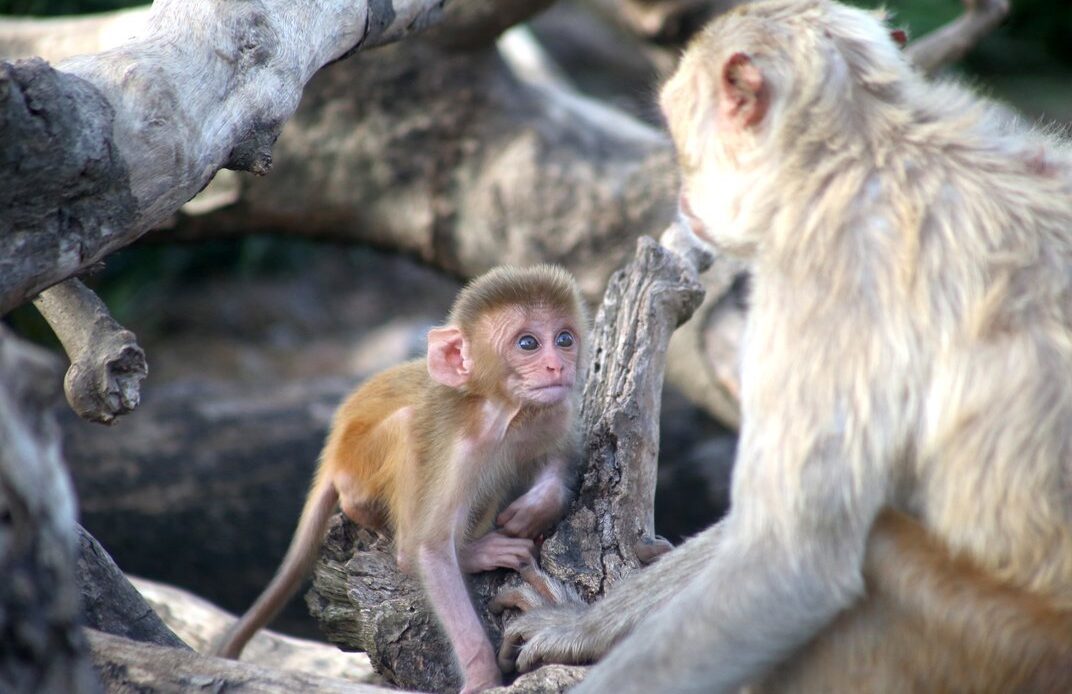On the morning of September 20, 2017, Hurricane Maria made landfall in Puerto Rico, pummeling the island with 170 mile per hour wind gusts and flooding rain. It would be the first category 4 hurricane to strike the island in nearly 85 years, leaving many citizens without basic necessities like electricity, food, running water and shelter. However, in the storm’s aftermath, one community of residents emerged largely unscathed: some 1,500 rhesus macaques living a mile off the eastern shore of Puerto Rico on Cayo Santiago.
The island, known locally as Monkey Island, first became home to these unlikely inhabitants in the late 1930s, when primatologist Clarence Carpenter brought about 450 of the monkeys by ship from India to the 38-acre island to study their social and sexual behaviors. Through that initial pioneering research, the tree-studded enclave eventually became home to the Caribbean Primate Research Center, an educational and research facility that’s part of the University of Puerto Rico. Over the years, generations of monkeys have descended from that original colony, and today those descendants roam freely around the island, playing on its sandy beaches and exploring its endless canopy of trees. The rhesus macaques—each weighing about 20 pounds and known for their long, fluffy tails and straw-colored fur—live largely independent from human intervention (minus feedings).
The monkeys descend from an original colony of 450 macaques brought by ship from India in the 1930s.
Caribbean Primate Research Center
After the hurricane ravaged Puerto Rico, researchers from the center feared the worst for the monkeys, unsure if they would even survive the storm. (Initial news reports were saying that the human death toll was hovering at 65 casualties.) However, once it was safe to return to the island, the scientists were surprised to find that the furry inhabitants had persevered.
“Two days after the storm, members of our staff took a boat to the island to feed them,” says Alyssa Arre, the center’s scientific director. “Everyone worried that the monkeys had died, but that wasn’t the case.”
Arre says it’s…
Click Here to Read the Full Original Article at Travel | smithsonianmag.com…
